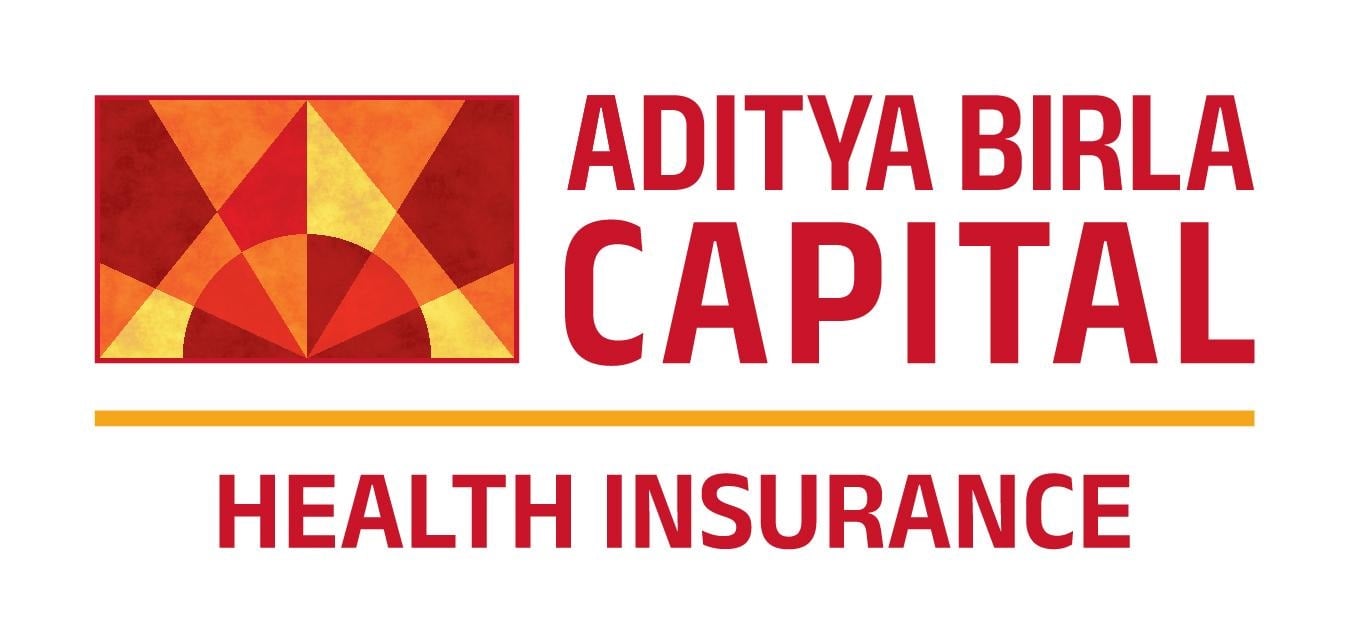Have you ever felt your heart race after an intense workout? That is your heart rate increasing. But when you are resting, your heart rate drops down. Your heart rate is the number of times your heart beats in a minute.
What you need to know:
- What is resting heart rate?
- Strategies to improve resting heart rate
- Warning signs of an abnormal resting heart rate
- Monitoring your resting heart rate for better health
What is resting heart rate?
Your heart rate doesn’t always stay the same. It can sometimes change in response to your activity level and emotional state. Your resting heart rate, or pulse, is your heart rate when you are at rest – such as when you are relaxed, sitting or lying down. Resting heart rate varies from person to person. It is an important indicator of your heart health. For adults, a normal resting heart rate ranges between 60 and 100 beats per minute (bpm).
Strategies to improve resting heart rate
Given below are some strategies to improve resting heart rate:
Stress management techniques
The higher your stress level, the higher your heart rate. Designate a block of time each day to disconnect from your electronic devices to declutter your mind. Also, practise relaxation techniques such as yoga, meditation, and tai chi, to lower your resting heart rate over time.
Maintaining a healthy weight and balanced diet
The larger the body, the more the heart must work to supply it with blood. Losing weight can help slow an elevated resting heart rate.
Maintain a healthy weight by:
- Exercising regularly, which may include taking a brisk walk, swimming or cycling, and
- Eating a balanced diet containing a variety of fresh fruits and vegetables.
Adequate sleep for optimal heart health
After you drift off to sleep, your heart rate gradually slows to its resting rate. During deep sleep, your blood pressure falls, and your heart rate slows to about 20% to 30% below your resting heart rate. So, sleeping adequately regularly for about 7 to 8 hours is optimal for heart health.
Warning signs of an abnormal resting heart rate
Your heart rate can be too slow or too fast. Both indicate an abnormal resting heart rate. They are as given below:
Bradycardia: A resting heart rate too slow
Bradycardia is a condition when your heart rate is too slow, less than 60 beats per minute. A heart rate of under 60 beats per minute is healthy for people who exercise regularly. Some possible causes of bradycardia include:
- Side effects from medications
- Electrolyte imbalance
- Obstructive sleep apnea
- An underlying health condition
- Being an older adult
- Problems with the conduction system of the heart
Tachycardia: A resting heart rate too fast

When your heart rate is too fast, above 100 beats per minute (for adults), it is called tachycardia. It may also depend on your age and overall health. Some possible causes of tachycardia include:
- An underlying health condition
- Anxiety
- Heavy caffeine consumption
- Heavy alcohol consumption
- Electrolyte imbalance
- Anemia
- Thyroid
- Fever
- Strenuous exercise
- Side effects from medication
- Smoking
- Use of certain drugs (like cocaine)
Monitoring your resting heart rate for better health
Given below are a few ways to monitor your resting heart rate:
Using fitness trackers or smart watches for heart rate monitoring

You can use fitness trackers or smartwatches to monitor your heart rate. Most sensors on smartwatches and fitness trackers may record irregular heart rates but only when it is too high. Most of the time, though, they monitor the heart rate accurately.
Simple techniques for taking your pulse manually
To check your pulse manually:
- Find your pulse on the inside of your wrist
- Using the tips of your first two fingers, press lightly over the artery
- Count your pulse for 30 seconds, and then multiply that number by 2
You might have wondered about the significance of your heart beat. Now you know it plays a major role in keeping your heart healthy. Both too-slow and too-fast heart rates can be dangerous. So, you must take the steps mentioned to improve your resting heart rate and maintain your overall health.
Stay tuned to the Activ Living Community. Keep up to date with the latest health tips and trends through expert videos, podcasts, articles, and much more on nutrition, fitness, mindfulness, and lifestyle conditions like Asthma, Blood Pressure, Cholesterol, and Diabetes. Activ Living ke saath sahi sehat ki shuruat ABHI karo.
You may also be interested in the following blogs:
Popular Searches
How to lower blood pressure | Fruits good for liver | Unhealthy foods | Ragi Benefits | Basal Metabolic Rate | Acupressure points for High Blood Pressure | Ayurvedic medicine for blood pressure | How to control cholesterol at home | Homeopathy for Asthma | Biological Age | Home remedies for TB | Natural beta blockers | Negative effects of internet | Types of walking | Blood pressure calculator | Blood sugar calculator | BMI Calculator





 1800-270-7000
1800-270-7000








